Nasa discovers first signs of ice on moon’s surface
Frozen patches could be a valuable source of water for future explorers
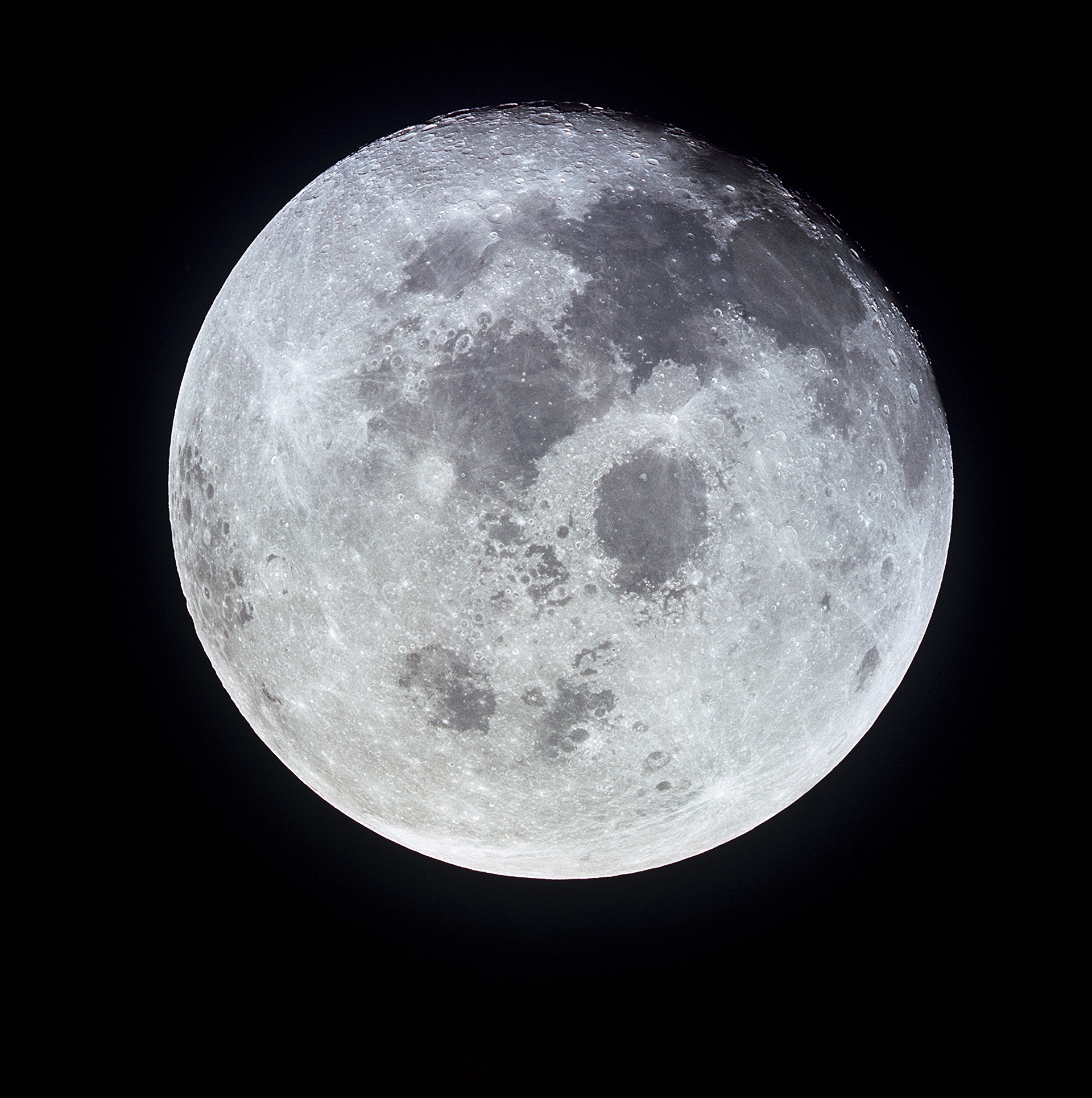
Nasa has discovered the first patches of ice on the moon’s poles, a source of water that could potentially be used on manned missions to the moon in future.
Astronomers at the US space agency used hi-tech image-scanning techniques that can differentiate between water types, such as ice patches and water that has been absorbed by soil, according to the Daily Mail.
By scanning the moon’s poles with the Moon Mineralogy Mapper (M3) instrument aboard India’s Chandrayaan-1 satellite, the team of astronomers were able to identify numerous patches of ice on the surface, says the paper.
The Week
Escape your echo chamber. Get the facts behind the news, plus analysis from multiple perspectives.

Sign up for The Week's Free Newsletters
From our morning news briefing to a weekly Good News Newsletter, get the best of The Week delivered directly to your inbox.
From our morning news briefing to a weekly Good News Newsletter, get the best of The Week delivered directly to your inbox.
The moon’s most northern and southern points are not exposed to sunlight, meaning temperatures can reach as low as -163C.
Despite the harsh climate, astronomers claim that only 3.5% of the areas that never see sunlight contain ice sheets.
Most of the ice patches were discovered at the southern lunar pole around a “cluster of craters”, The Guardian says. These craters are named after famous astronomers and explorers, such as “Haworth, Shoemaker, Sverdrup and Shackleton.”
The findings were published on August 20 in the Proceedings of the National Academy of Sciences, which describes the discovery as “direct and definitive” evidence of water that could one day be used as an “in situ resource” in future explorations of the moon.
A free daily email with the biggest news stories of the day – and the best features from TheWeek.com
The discovery marks another success for the M3 instrument, says CNet. The scanner helped astronomers identify traces of water absorbed into the moon’s soil in 2009.
While the discovery of the frozen patches isn’t the first sign of water on the moon, it’s the first time astronomers have found traces of ice on the moon’s surface.
-
 7 bars with comforting cocktails and great hospitality
7 bars with comforting cocktails and great hospitalitythe week recommends Winter is a fine time for going out and drinking up
-
 7 recipes that meet you wherever you are during winter
7 recipes that meet you wherever you are during winterthe week recommends Low-key January and decadent holiday eating are all accounted for
-
 Nine best TV shows of the year
Nine best TV shows of the yearThe Week Recommends From Adolescence to Amandaland
-
 Data centers could soon be orbiting in space
Data centers could soon be orbiting in spaceUnder the radar The AI revolution is going cosmic
-
 Another Starship blast sets back Musk's Mars hopes
Another Starship blast sets back Musk's Mars hopesSpeed Read Nobody was killed in the explosion, which occurred in south Texas
-
 Test flight of orbital rocket from Europe explodes
Test flight of orbital rocket from Europe explodesSpeed Read Isar Aerospace conducted the first test flight of the Spectrum orbital rocket, which crashed after takeoff
-
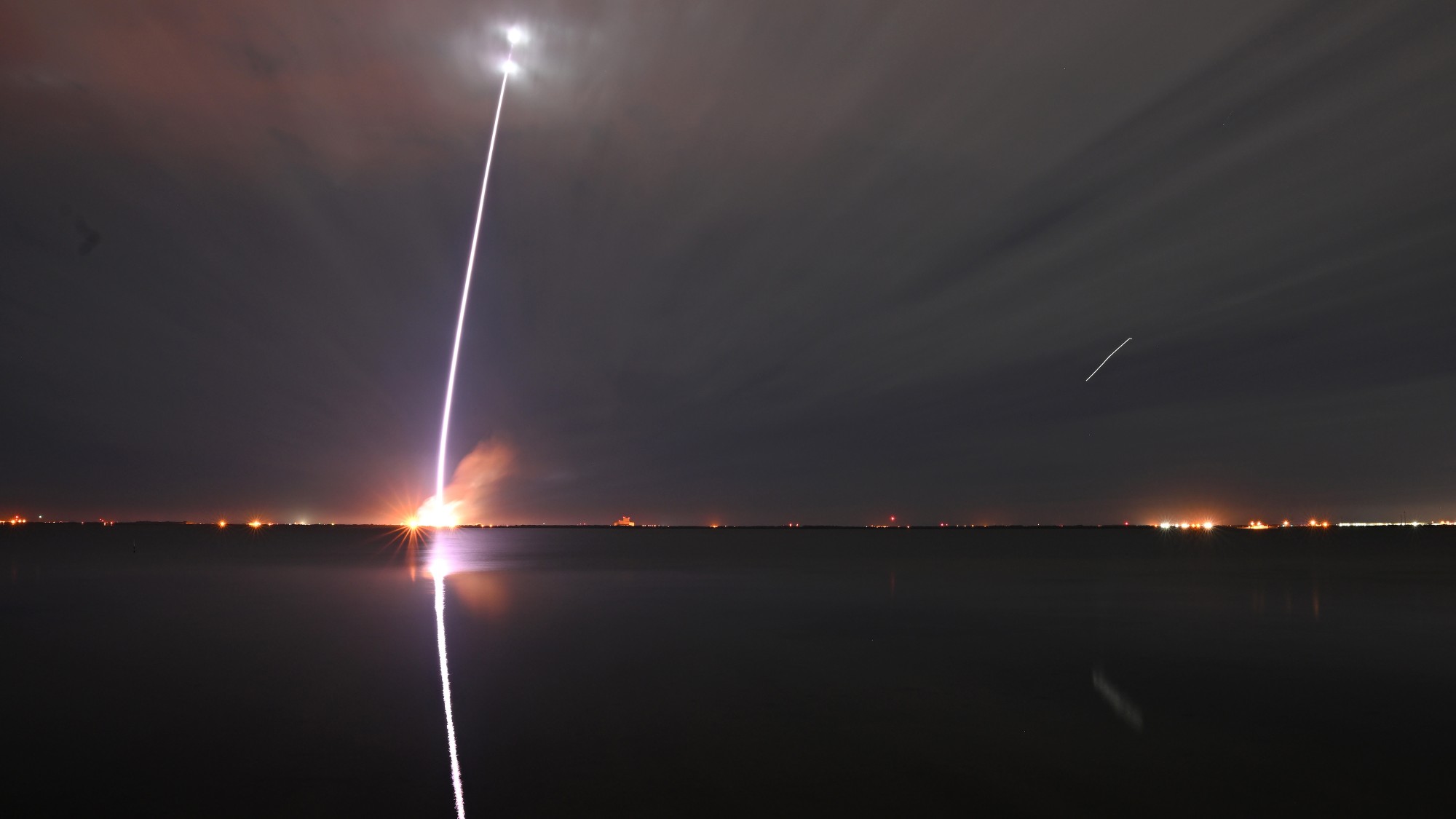 Jeff Bezos, Elon Musk and the billionaire space race
Jeff Bezos, Elon Musk and the billionaire space raceThe Explainer Tesla CEO and Amazon founder vie for dominance of satellite launch market and could influence Nasa plans to return to Moon
-
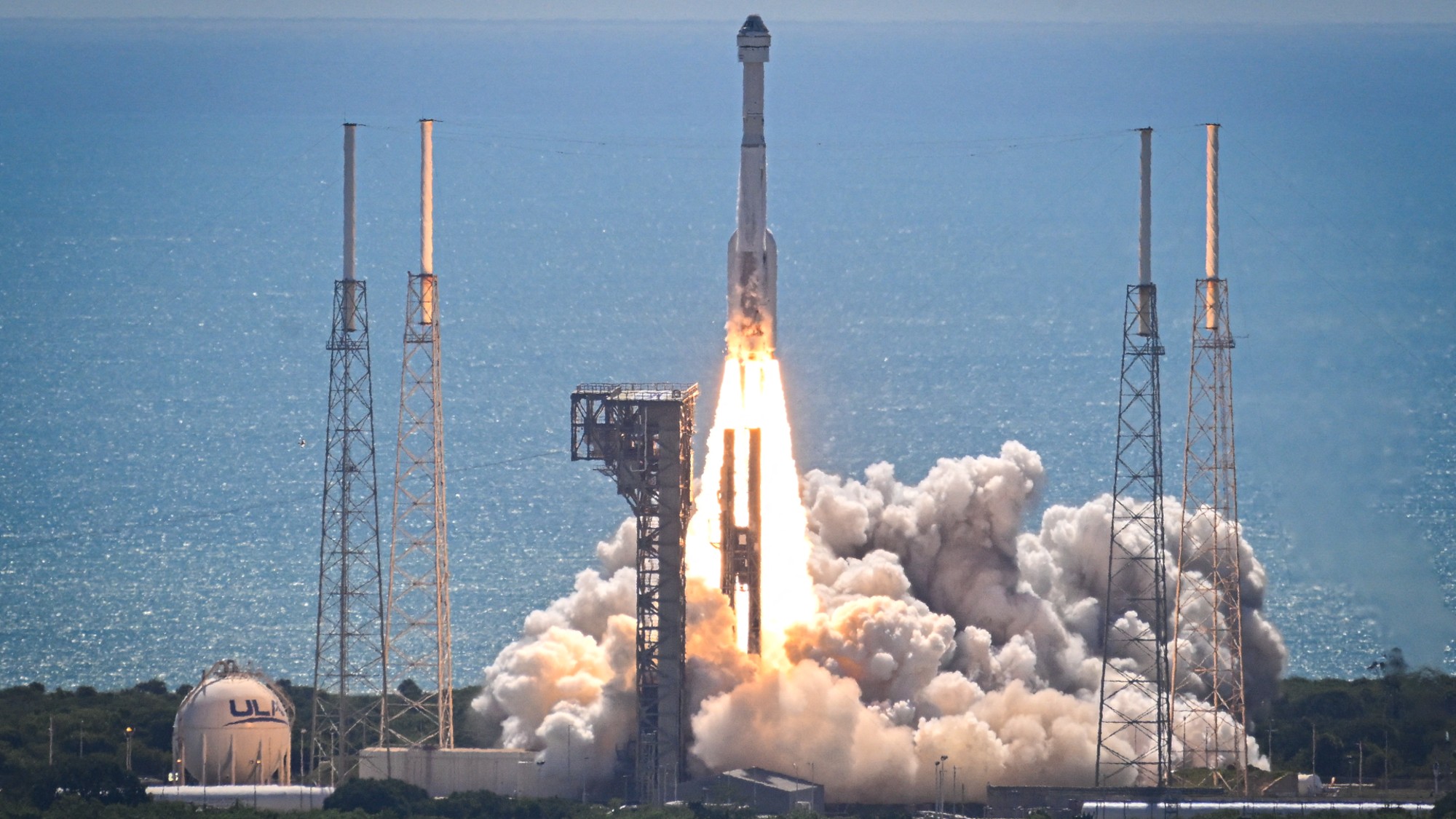 Starliner: What went wrong?
Starliner: What went wrong?Today's Big Question Boeing spacecraft has had a 'long, difficult road'
-
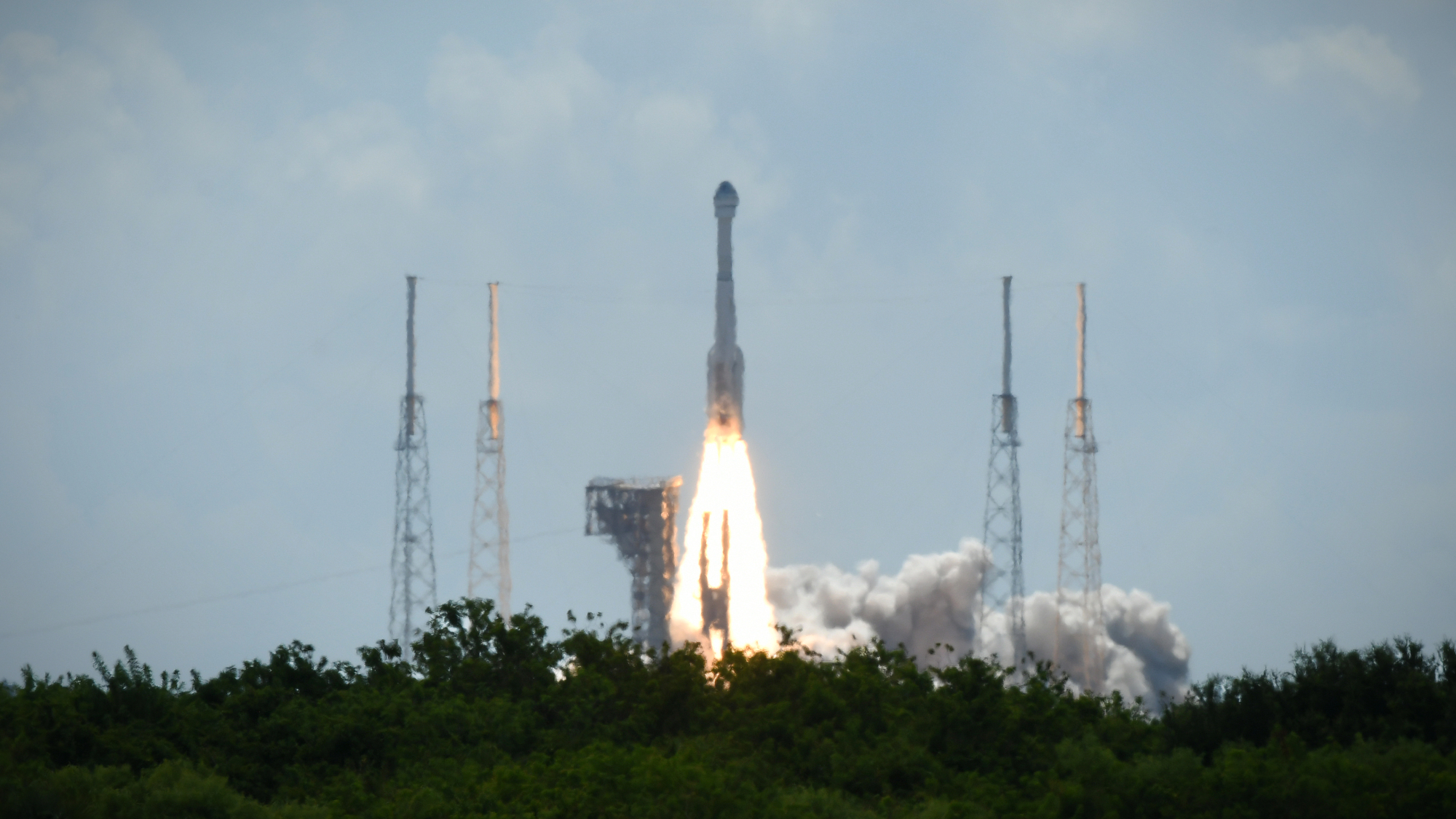 Boeing, SpaceX successfully test key rockets
Boeing, SpaceX successfully test key rocketsSpeed Read Boeing’s Starliner docked at the ISS and SpaceX completed its fourth test launch of its Starship spacecraft
-
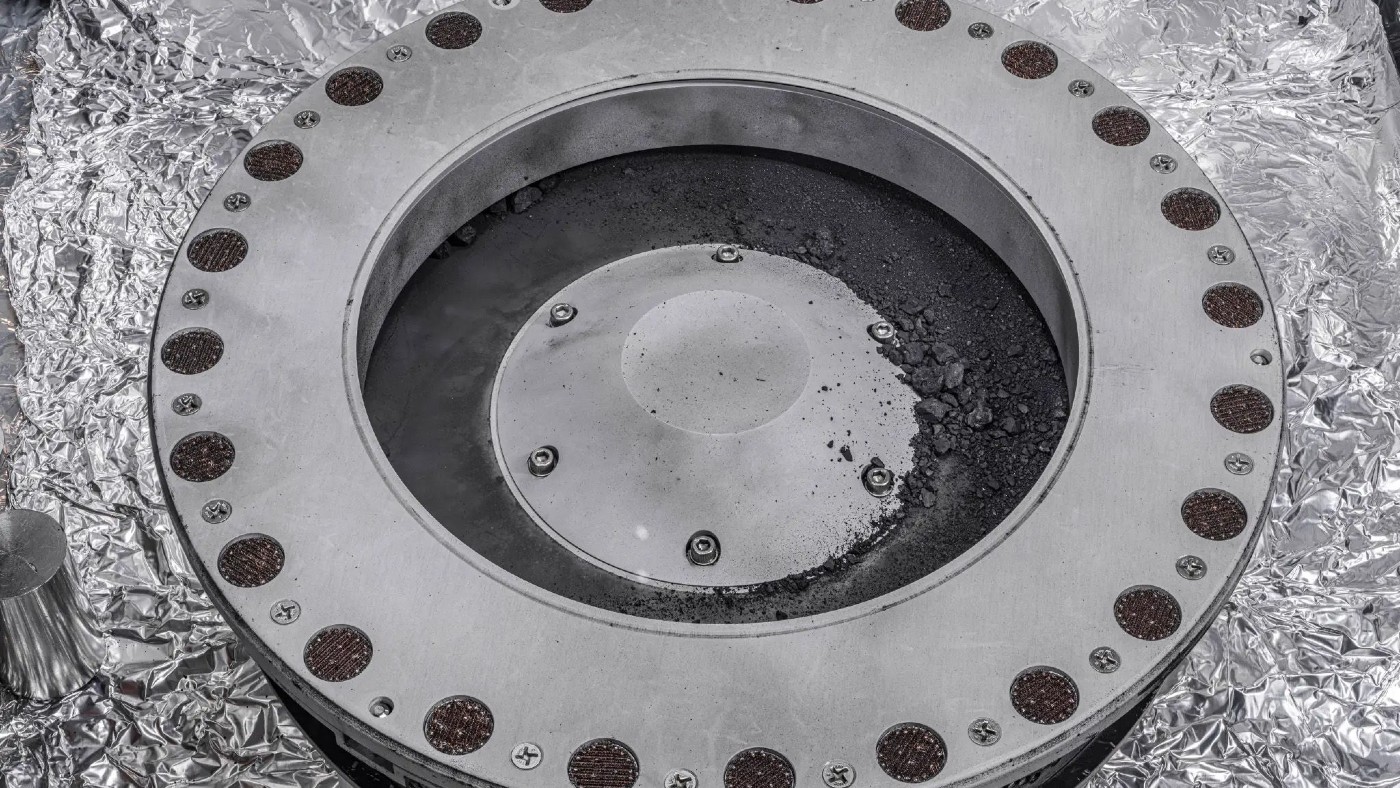 Nasa reveals first findings from asteroid that could explain origins of life
Nasa reveals first findings from asteroid that could explain origins of lifeSpeed Read Sample from Bennu has been found to contain an abundance of water and carbon
-
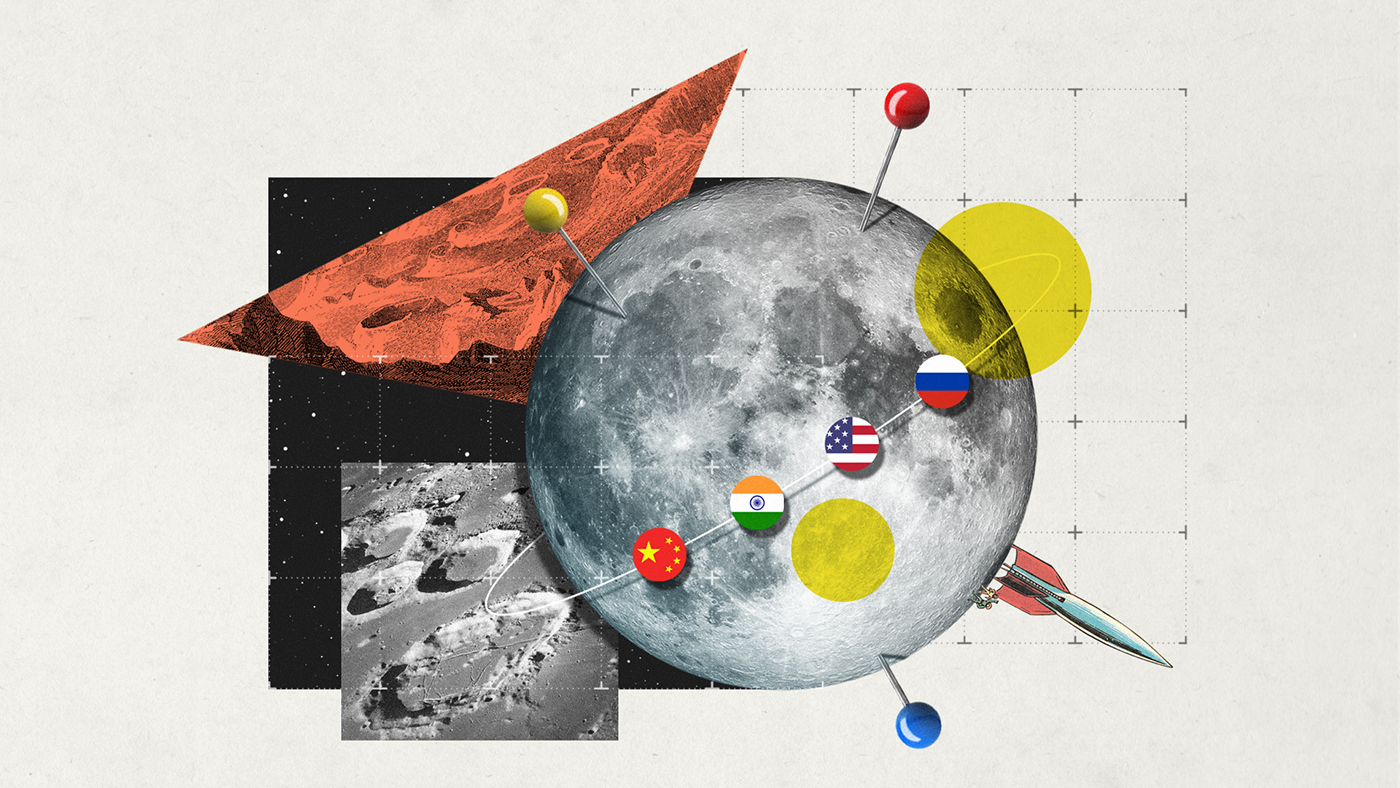 Dark side of the Moon: will the race to lunar South Pole spark conflict?
Dark side of the Moon: will the race to lunar South Pole spark conflict?Today's Big Question Russia and India are competing for the ‘new lunar gold’ – but real contest will be between the US and China